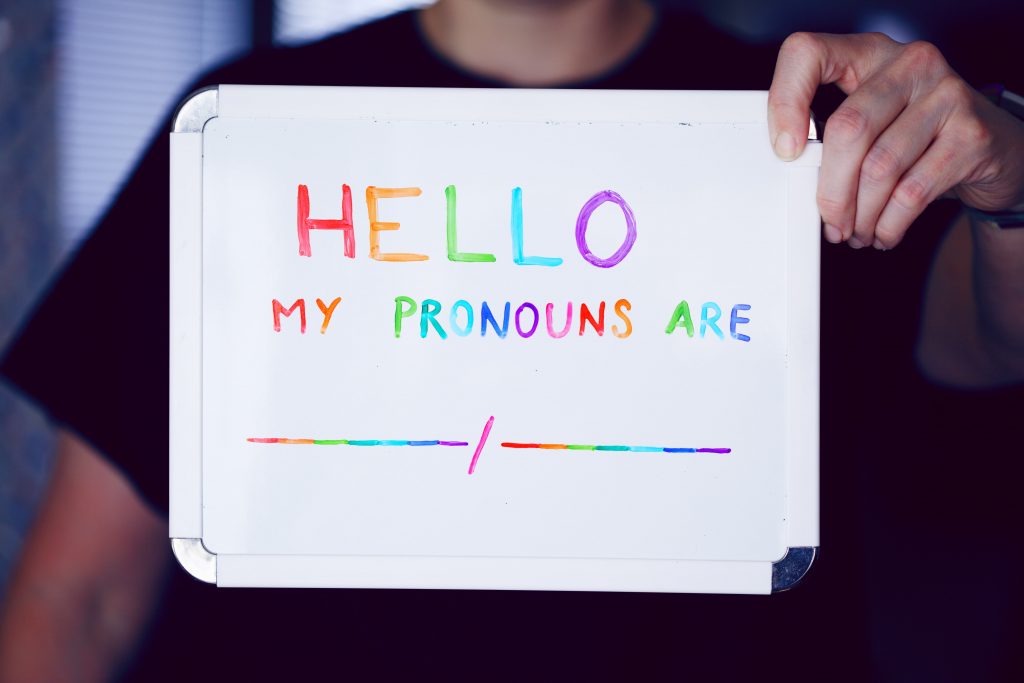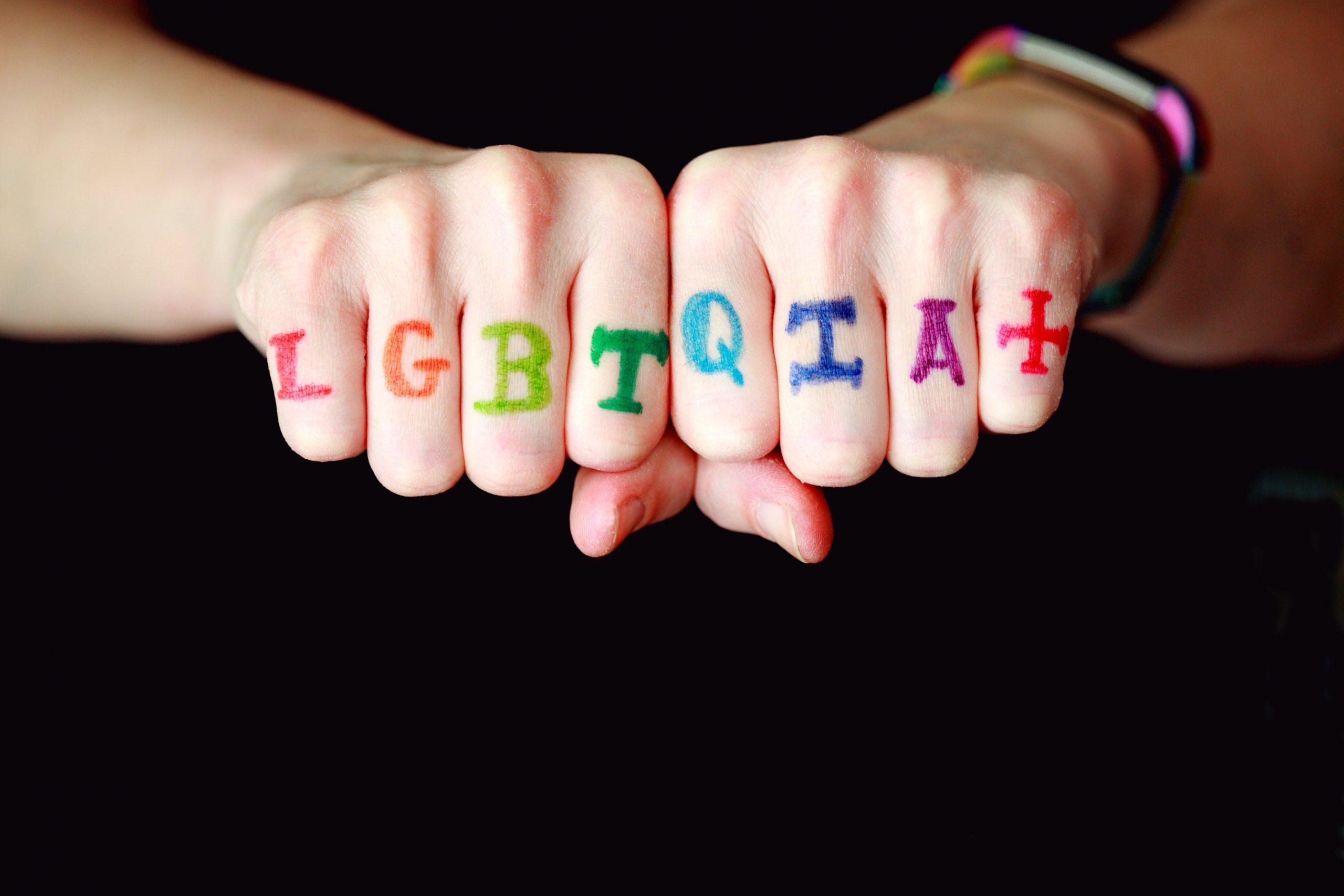Most people think that the A in LGBTQIA+ stands for ally, but it stands for some of the more overlooked queer communities: asexuals, aromantics and agender.
What is asexuality?
Asexuality is used to describe someone who experiences little to no sexual attraction to others.
According to the National Census 2021, there are 28,000 people who identify as asexual in England and Wales.
The Asexuality Visability and Education Network was founded in 2001 and aims to create acceptance and facilitate the growth of the asexual community.
Model and asexual activist, Yasmin Benoit told Glamour magazine last October: “Until asexuality becomes part of public discourse and representation, we will continue to be misunderstood.”
What is aromanticism?
People who identify as aromantic experience little to no romantic attraction to other people.
Not to be confused with asexuality, aromantic people can still experience sexual attraction.
Aromantic people can still have loving and meaningful platonic relationships with others.
This week is currently Aromantic Spectrum Awareness Week, which spreads awareness about aromanticism.
What is agender?

Someone who identifies as agender or genderless, does not have a gender.
Part of the gender non-conforming spectrum, agender people do not identify as man or woman and may use pronouns such as they/them.
Celebrities such as Sam Smith, Emma Corrin and Janelle Monae identify as gender neutral or non-binary.

